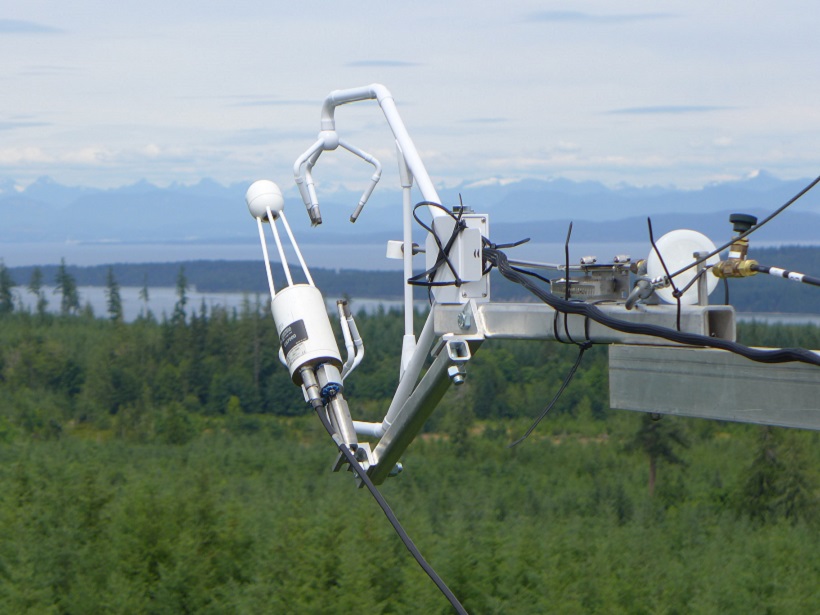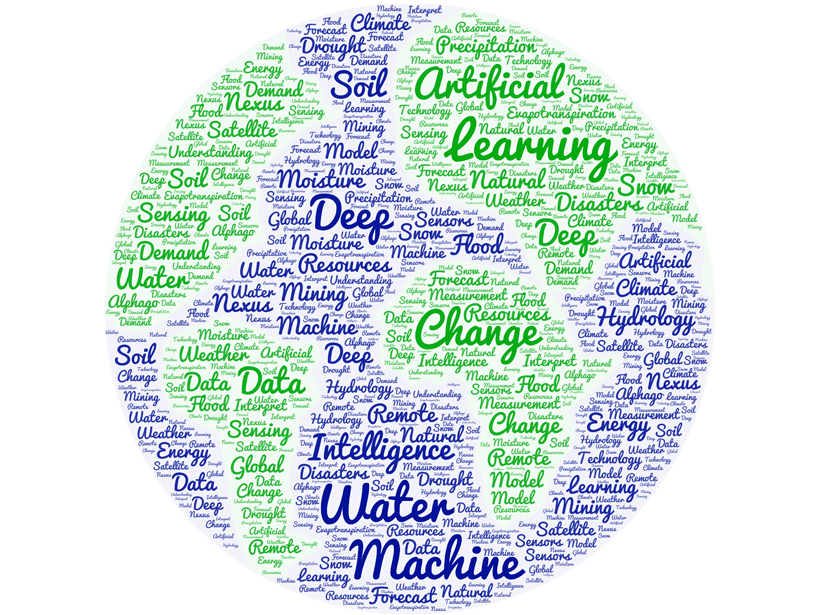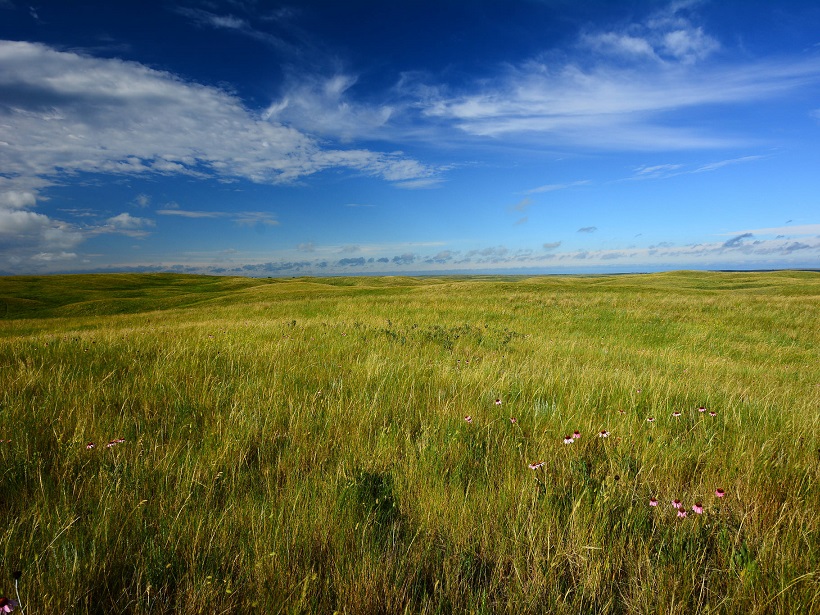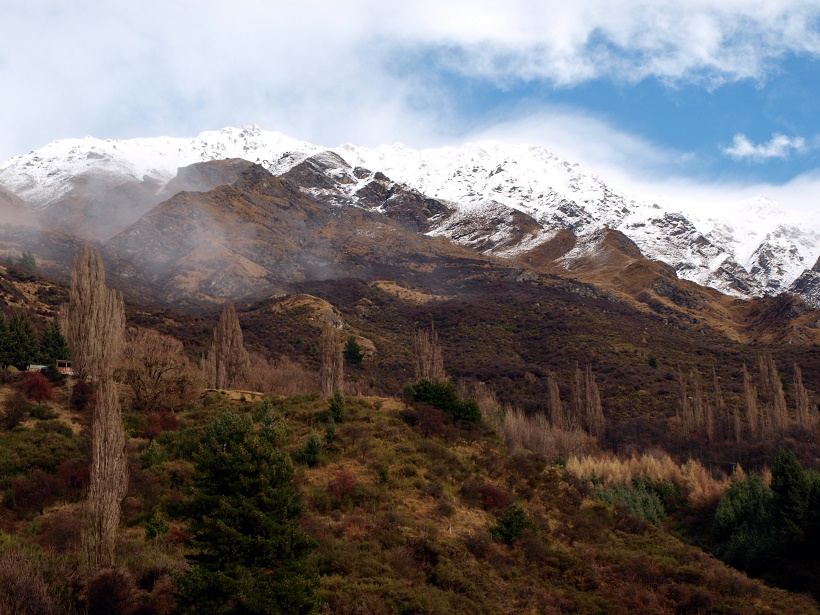Space weather can affect many technologies and infrastructures that society relies on. The White House seeks public input to inform the next steps to better prepare the Nation for this hazard.
Editors’ Vox
It’s So UnFAIR!
A recent paper in JGR: Biogeosciences demonstrates that sharing data has positive benefits not just for the scientific community but also for the one doing the sharing.
On Integrating Sedimentology and Hydrogeology in Streambeds
A new modeling blueprint seeks to unify sedimentology, hydrology, and hydrogeology in the modeling of streambeds.
Deep Learning: A Next-Generation Big-Data Approach for Hydrology
What can Artificial Intelligence offer hydrologic research? Could deep learning one day become part of hydrology itself?
Diagnosing the Warm Bias in the Central United States
A set of four papers published in JGR: Atmospheres present results from a project investigating why models predict warmer surface temperatures than are observed in the central United States.
Societal Impacts Collection Continues to Grow
There have been further additions to the highly successful “Earth and Space Science is Essential for Society” collection of commentaries.
Radiocarbon in the Oceans
Offsets in radiocarbon concentration within the ocean or between the ocean and the atmosphere are particularly useful proxies for a variety of studies.
Electric Currents in Outer Space Run the Show
A new book explores our understanding of electric currents, which are fundamental to the structure and dynamics of space plasmas.
Coupled from the Start
Atmosphere and land model development has historically been segregated but coupled processes crucial to prediction and extremes can be properly represented only with a holistic approach.
Are We Prepared for the Next Mega Eruption?
The frequency of eruptions with a Volcanic Explosivity Index of 7 is only one or two per thousand years but we cannot afford to be complacent.










